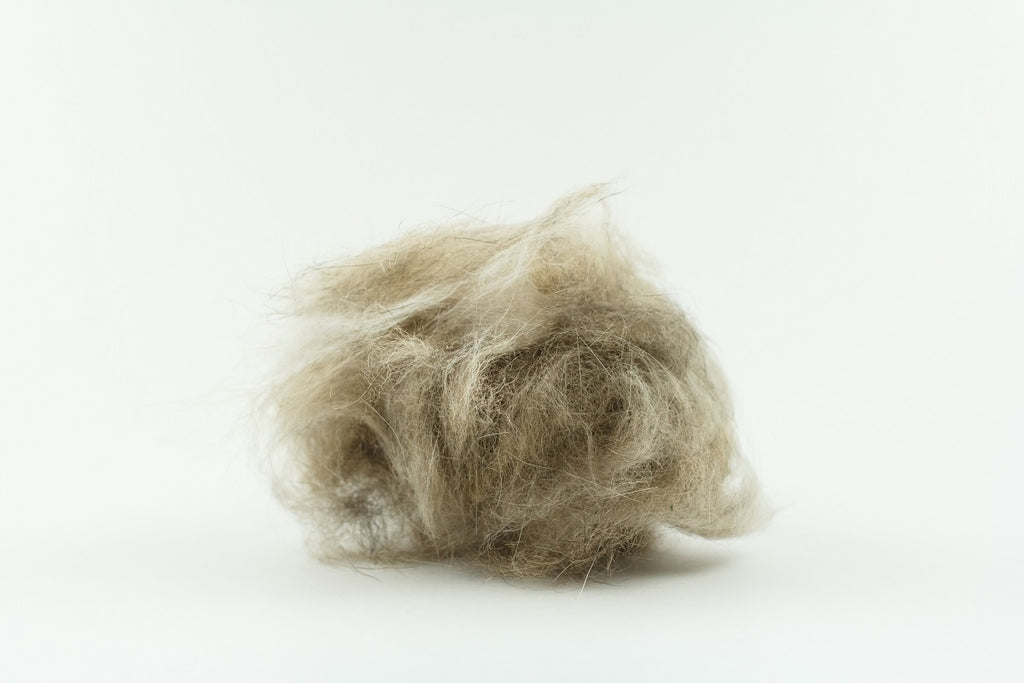Although keeping a dog is a happy thing, dog owners often face many troubles, such as dog hair flying all over the sky.
We can't prevent dog shedding, but we can learn more about it. We're trying to understand why dogs shed, when they shed, how to control shedding, and what to do about excessive shedding.
Why Do My Dog Shed?
There are several reasons why dogs can experience shed, also known as dog deshedding. Here are some of the most common causes:
Seasonal shedding: Seasonal dog shedding is a natural process that most dogs go through, and it can occur during spring and fall. During these times, dogs typically shed their old coat to make way for a new coat that will help regulate their body temperature during the upcoming season.

Parasites: Fleas, ticks, mites, and lice can cause severe itching, inflammation, and hair loss in dogs.
Allergies: Dogs can develop allergies to a variety of things, including food, pollen, mold, and dust mites. These allergies can lead to itching, inflammation, and dog deshedding.
Infections: Fungal or bacterial infections can cause hair loss in dogs. Common infections include ringworm, pyoderma, and dermatitis.
Hormonal imbalances: Hormonal imbalances, such as hypothyroidism and Cushing's disease, can lead to dog shedding.

Stress: Dogs can experience stress due to various factors, such as changes in their environment, separation anxiety, or trauma. This stress can cause shedding, especially in localized areas.
Genetics: Some breeds of dogs are more prone to shedding than others due to their genetics.
Nutritional deficiencies: A lack of essential vitamins, minerals, and nutrients in a dog's diet can lead to hair loss and other health problems.
When Do Dogs Deshedding?
Dogs shedding in different seasons twice a year, in March-April in spring and September-October in autumn. While some short-haired dogs may not shed as much, most dogs shed in spring and autumn.

Dogs shedding in different seasons mainly because the demand for hair in summer is relatively small. Dogs need to shed some old hair to adjust the skin temperature. In winter, the demand for hair is relatively large. Dogs need to shed their coarse hair and grow some fluff to resist the cold. Under normal conditions, the duration of the dog's hair loss during the season will be maintained at about 25 days.
Puppies will also experience a large number of non-seasonal shedding symptoms during the growth process, usually at the age of 4-5 months, the dog will replace the lanugo and grow new hair, which is why many dogs grow up After the coat color may appear for some reason.
How to Control Dog Shedding?
Dogs naturally shed their fur, and while it's normal, it can be frustrating for pet owners who have to deal with the excess fur in their homes. However, there are several ways to control dog shedding:

Brushing: Regular brushing is the most effective way to control dog shedding. Use a good quality dog brushes for shedding to remove loose fur, dirt, and debris from your dog's coat. Brush your dog at least once a week, and increase the frequency during shedding seasons. You can also choose a dog grooming vacuum which can brush and pick up the losing hair at the same time.


















Leave a comment
This site is protected by reCAPTCHA and the Google Privacy Policy and Terms of Service apply.